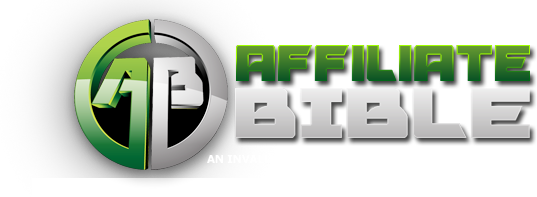The first thing you’re going to want to do is get set up with a content management system. These systems are the “backend” of your website, and handle everything for you.
Content Management Systems are so ridiculously powerful these days that you can have an excellent website with a variety of features up and running within minutes, then you can sit back and focus on content. And don’t worry – the CMS can dynamically manage your content too, adding it to the correct navigational menus etc.
There may be a slight learning curve, however don’t worry it is VERY easy to pick up.
As for what CMS to use? WordPress. Install WordPress. Unless you’re building some ridiculously custom built website, WordPress will suit your needs, and I estimate it will suit the needs of 99.9% of the people reading this article. It’s easy, it’s fast, and it’s just so simple to use. It’s what I use for 99% of my websites.
Even more importantly, it has a strong community which creates literally thousands of plugins and designs for it, so by using WordPress you will be saving yourself a bundle on custom coding and web designs.
You can download WordPress for free here. If you use Hostgator as a host, you can even use the “Fantastico” application in your cpanel to install it, or even ask support to do it for you.
If you want to try a WordPress demo for yourself first, head on over to this WordPress Demo website where you can mess around with the main page and admin page no problem and get a feel for it.

 Dealer Dan, pictured here with WWE Superstar Mick Foley, has been in internet marketing since 1996. He likes hugs, long walks on the beach, and making money while wearing his jammy jams. For more information, you can read all
Dealer Dan, pictured here with WWE Superstar Mick Foley, has been in internet marketing since 1996. He likes hugs, long walks on the beach, and making money while wearing his jammy jams. For more information, you can read all 












